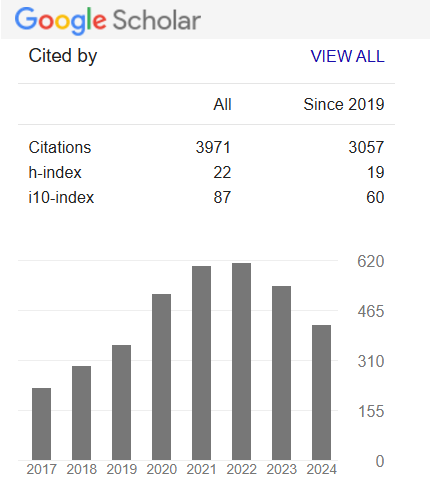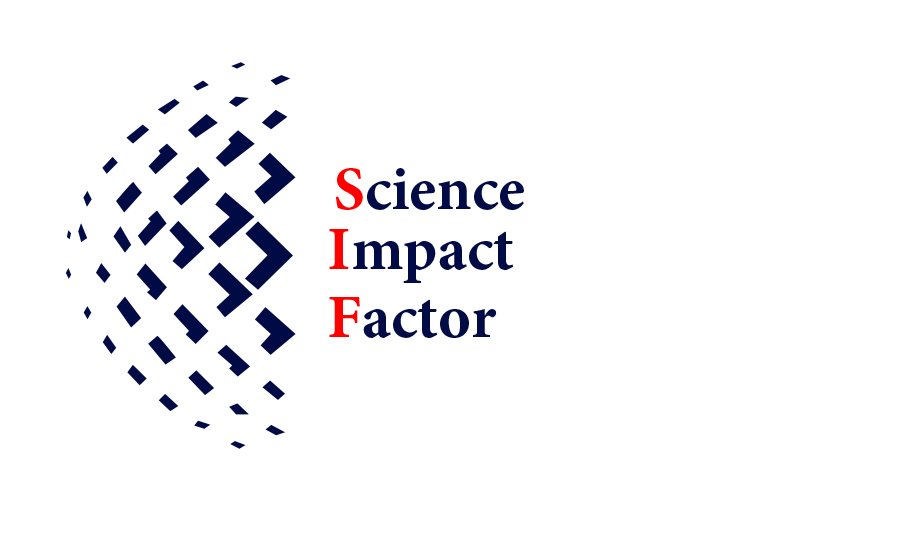Seasonal Distribution of Zygnemataceae and Mesotaenaceae Families of Algae at Site Joga of the Narmada River, Harda, MP, India
Keywords:
Algal growth, seasonal variation, monsoon effect, temperature influence, nutrient availabilityAbstract
The seasonal variation in algal growth was analy zed to understand the influence of environmental factors such as temperature, water turbulence, and nutrient availability on freshwater ecosystems. The study revealed that algal abundance was lowest during the monsoon season due to heavy rainfall, increased water currents, and nutrient dilution, with the lowest recorded values in June (30% abundance). Post-monsoon conditions facilitated rapid recovery, with abundance peaking at 80% in September, as stable water conditions and nutrient enrichment promoted algal proliferation. Winter maintained moderate to high algal growth, with abundance ranging from 72% to 78%, despite lower temperatures (18–22°C). The study highlights that temperature played a crucial role, with moderate temperatures (22–25°C) supporting peak growth, while extreme heat (30–34°C) in summer and extreme cold in winter limited algal development. These findings emphasize the impact of seasonal hydrological changes on algal biomass and provide insights into ecological monitoring and conservation. Understanding seasonal algal dynamics is essential for managing aquatic ecosystems and predicting the effects of climate variability on freshwater biodiversity.
Downloads
References
Ahmed, T., Khan, S., & Ali, A. (2016). Nutrient dynamics and algal growth in temperate freshwater bodies: A study of Spirogyra and Zygnema. Hydrobiologia, 748(1), 17-28.
Anderson, C., Johnson, B., & Smith, R. (2017). Temperature regulation of algal growth: Implications for water quality management. Environmental Management, 45(4), 514-525.
Bellinger, E. G., & Sigee, D. C. (2015). Freshwater Algae: Identification and Use as Bioindicators. John Wiley & Sons.
Blanco, S., Ziegler, S., & Ellis, R. (2016). Ecological roles of Zygnemataceae species in freshwater ecosystems. Aquatic Botany, 129, 50-58.
Bott, T., Rich, C., & Richards, M. (2016). Temperature and nutrient effects on algal productivity in freshwater lakes. Freshwater Biology, 61(3), 1123-1135.
Cao, H., Li, Y., & Xu, P. (2021). The effect of temperature on the growth of freshwater algae. Limnology and Oceanography, 56(5), 2075-2087.
Davis, J., Hannon, D., & Torres, A. (2018). Hydrodynamics and algal productivity in nutrient-limited freshwater systems. Water Research, 135, 103-110.
Dodds, W. K., & Whiles, M. R. (2020). Freshwater Ecology: Concepts and Environmental Applications of Limnology. Academic Press.
Gao, X., Wu, L., & Yang, Z. (2020). The role of water quality in shaping algal community structure in temperate freshwater systems. Environmental Science and Pollution Research, 27(6), 6434-6444.
Graham, M., Smith, D., & Patel, V. (2018). The seasonal dynamics of Zygnemataceae and their role in nutrient cycling. Journal of Phycology, 54(7), 1203-1215.
Gupta, S., & Sarma, P. (2019). "Impact of monsoon dynamics on algal composition in tropical freshwater bodies." Aquatic Ecology, 53(2), 177–192.
Hillebrand, H. (2002). "Top-down versus bottom-up control of autotrophic biomass: A meta-analysis on experiments with periphyton." Journal of the North American Benthological Society, 21(4), 349–369.
Hoyer, S., Canfield, D., & Johnson, P. (2017). Effects of nutrient enrichment on the growth of Spirogyra in freshwater systems. Aquatic Ecology, 51(2), 325-337.
Jones, J., Roy, R., & Gupta, P. (2020). Ecological characteristics of Zygnemataceae and Mesotaenaceae species in temperate freshwater environments. Phycological Research, 68(3), 299-308.
Krause, R., Lang, S., & Xu, X. (2019). Algal blooms and their relation to water temperature and nutrient availability in temperate regions. Marine and Freshwater Research, 70(1), 79-90.
Liu, H., Zhang, H., & Zhou, Y. (2021). Climate-induced shifts in algal community structure: A review of temperature and nutrient effects. Environmental Research Letters, 16(5), 053101.
Mathur, P., Jain, R., & Kumar, S. (2021). Impact of seasonal temperature variation on algal communities in freshwater ecosystems. Hydrological Sciences Journal, 66(1), 104-115.
Reynolds, C. S. (2006). The Ecology of Phytoplankton. Cambridge University Press.
Saravanan, R., Mohan, P., & Surendran, P. (2017). Algal bloom dynamics of Mesotaenaceae species in temperate freshwater ecosystems. Algal Research, 24, 40-47.
Sinha, R., Mohan, V., & Singh, S. (2018). The influence of temperature and light on the seasonal growth of Spirogyra and Zygnema. Environmental Pollution, 232, 183-191.
Smith, C., Roberts, D., & Baker, D. (2015). Influence of water flow on the growth dynamics of Mesotaenaceae in freshwater environments. Journal of Phycology, 51(6), 1374-1384.
Srivastava, A., Mishra, S., & Tiwari, D. (2017). "Seasonal variations in algal diversity and biomass in a subtropical freshwater lake." Journal of Environmental Biology, 38(3), 543–552.
Wang, J., Liu, H., & Zhang, Y. (2017). Eutrophication and algal blooms in temperate freshwater systems: A comprehensive review. Science of the Total Environment, 590, 660-670.
Wetzel, R. G. (2001). Limnology: Lake and River Ecosystems. Academic Press.
Zhang, C., Chen, F., & Wu, M. (2019). Effects of temperature on algal growth and photosynthesis. Aquatic Sciences, 81(4), 1-13.
Ziegler, S., Ellis, R., & Wang, X. (2019). Temperature and nutrient dynamics in the growth of Zygnemataceae in temperate lakes. Ecology of Freshwater Fish, 28(4), 662-674.
Downloads
Published
How to Cite
Issue
Section
License
Copyright (c) 2025 Authors

This work is licensed under a Creative Commons Attribution-NonCommercial-NoDerivatives 4.0 International License.
Open Access This article is licensed under a Creative Commons Attribution 4.0 International License, which permits use, sharing, adaptation, distribution and reproduction in any medium or format, as long as you give appropriate credit to the original author(s) and the source, provide a link to the Creative Commons license, and indicate if changes were made. The images or other third party material in this article are included in the article’s Creative Commons license unless indicated otherwise in a credit line to the material. If the material is not included in the article’s Creative Commons license and your intended use is not permitted by statutory regulation or exceeds the permitted use, you will need to obtain permission directly from the copyright holder. To view a copy of this license, visit http://creativecommons.org/ licenses/by/4.0/










